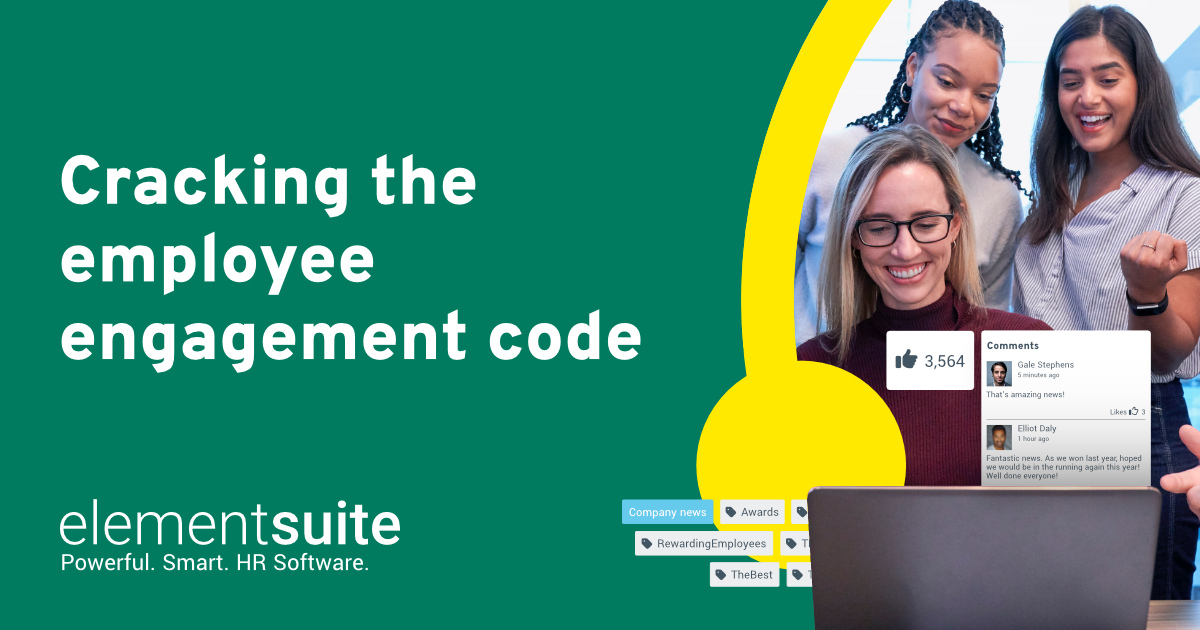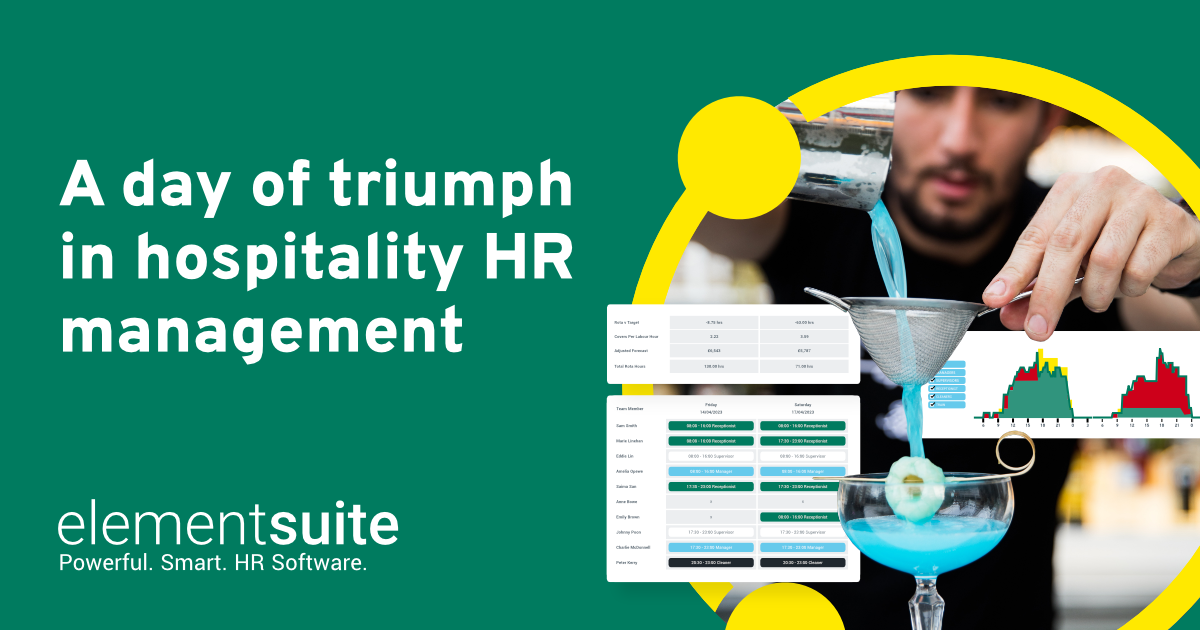As HR professionals, we know that organisations that understand and harness the power of engaged employees are better poised to thrive in today’s competitive environment.
But while we all strive for a workforce that thrives off employee engagement, the term itself can be a complex concept to define. For instance, according to the 2009 MacLeod Review, there are over 50 definitions.
Earlier concepts of employee engagement tended to focus on the connection between organisational performance and employee attitudes. However, more recent definitions have expanded this to include a broad range of psychological and behavioural indicators.
But with each of these definitions, the overarching point remains – employee engagement is a positive emotional connection between the organisation and its workers.
When employees are engaged, they understand why the company exists, its values and purpose, and are motivated to give their best. This in turn, according to a Gallup meta-analysis, has been linked to:
- Improved customer loyalty and engagement
- Higher profitability
- Enhanced productivity
- Reduced turnover
- Decreased absenteeism
- Improved wellbeing
- Enhanced organisational citizenship
In other words, companies with highly engaged employees tend to outperform their competitors in terms of both bottom-line and top-line results.
But how do you enhance employee engagement?
We recently surveyed HR professionals, asking: What do you think is the most impactful way to enhance employee engagement?
The results showed that 68% answered rewards and recognition, 25% answered development opportunities, and 4% answered challenging tasks.
The same results are emulated in LinkedIn’s 2023 Workplace Learning Report, which found the top five reason people leave their current company is due to:
- Compensation and benefits
- Flexibility to work when and where I want
- Doing challenging and impactful work
- Opportunities for career growth within a company
- Opportunities to learn and develop new skills
Rewards and recognition
Rewards and recognition are a vital part of any workplace. Recognising employees for their hard work and dedication is a great way to show appreciation and create loyalty.
Indeed, several studies echo the significance of rewards and recognition in enhancing employee engagement. For instance, one survey found that over 80% of employees work harder when their manager appreciates their work. Additionally, another study showcased that employees are 50% more successful when senior leaders show gratitude.
However, the impact of recognition does not rest with management and leadership. Research highlights that recognition programs are more successful when they encompass peer-to-peer recognition.
But again… how do you foster a culture of recognition that goes beyond the 1:1 meeting, performance appraisals, or over the desk “well-done” comments? Shout it out loud on communications platforms. Tell each other how much you appreciate each other, with compliments and rewards. Let the whole company see, and make your peers and subordinates feel special.
Development opportunities
Employee development goes beyond promotions. It could be working on a different project or site, taking on a new challenge, or simply undertaking additional training. Especially as AI and automation are changing the work landscape, employees must continually adapt and develop new skills.
Organisations that invest in employee development create high-performance cultures. Doing so is seen as an investment which yields a return by increasing engagement levels, job satisfaction, and, ultimately, organisational performance.
And it does not have to be costly. Many successful development opportunities can be provided in-house. All you need is the right HR software (such as elementsuite) that can identify the skills of your current workforce and provide each employee with a personalised development roadmap that complements their strengths and weaknesses – allowing them to grow within the organisation.
Challenging tasks
As LinkedIn’s Workplace Learning report highlights, employees are leaving companies for more challenging and impactful work. They want to know that their work is making a difference and that it is being recognised.
As such, organisations should be exploring ways to increase the complexity of employee tasks so that employees can continually develop and grow in their roles—allowing them to perform at peak levels while feeling more connected with their organisation.
This could be anything from giving them a shift in a different location, utilising their skills to work on a different project, or training them to perform a different role – all while meeting the demands of your workforce planning requirements – it’s a win.
The imperative of employee sentiment
Clearly, investing in rewards, recognition, employee development, and challenging tasks is undoubtedly essential. However, all these efforts could be in vain if you don’t directly communicate with your employees and understand their specific needs and preferences.
Along with employee focus groups and one-to-one interviews, employee pulse surveys are ideal for organisations to gain an in-depth understanding of their employees and how they truly feel about the organisation.
But to do this, you need the right tool. A tool that captures employee sentiment and delivers results in real-time, enabling you to understand your employees’ sentiments and preferences better and take action accordingly.
Remember, employee sentiment can change throughout the course of their employee cycle, from onboarding to exit, so it is important to continuously check in with them regularly.
And don’t worry about survey fatigue. If your employees know that you are actioning their needs, they will be more willing to take the time to provide you with feedback. So make sure you let them know what happens with their insights through regular communication.
Future of employee engagement
Ultimately, if you want to enhance your employee engagement levels and retain your top-level staff, you must thoroughly understand their preferences and concerns.
From rewards and recognition to development opportunities and challenging tasks, the key to increased engagement lies in understanding your employees’ needs – and elementsuite provides the perfect platform to help you do that.
With its employee engagement platform, you can gather feedback from your employees quickly and easily – giving you a holistic view of your workforce so you can ensure you are meeting their needs.
Give elementsuite a try and see for yourself!
Book a demo with elementsuite today and start creating a more engaged and motivated workforce.
That’s the power of employee engagement!
Useful resources
A Day of Triumph in Hospitality HR Management
The power of workforce planning
Work smarter, not harder with elementsuite’s Document Designer




